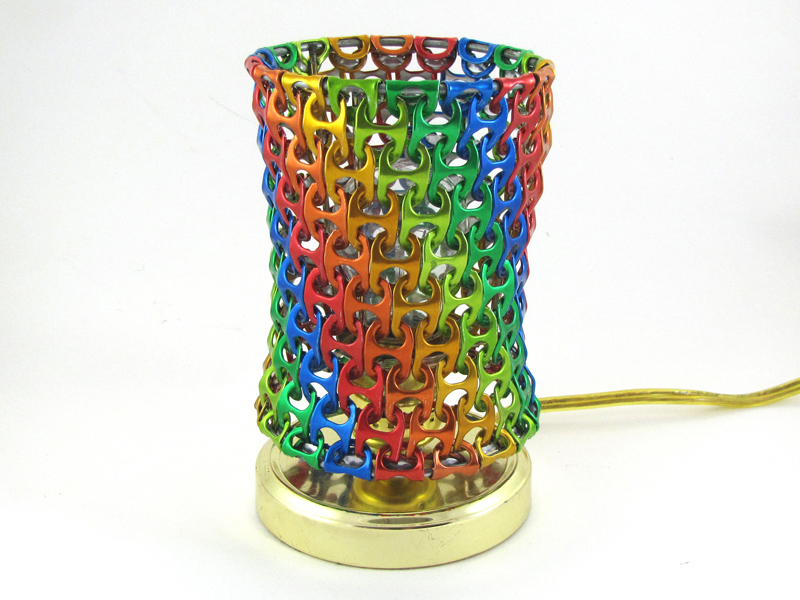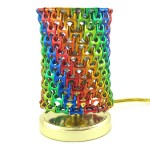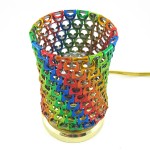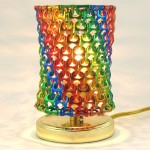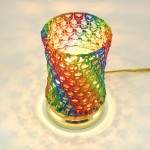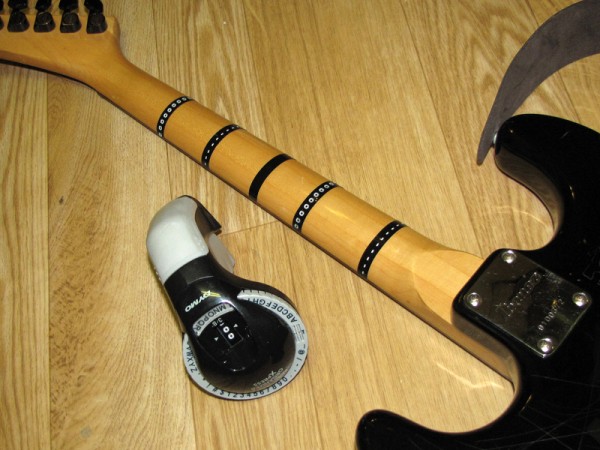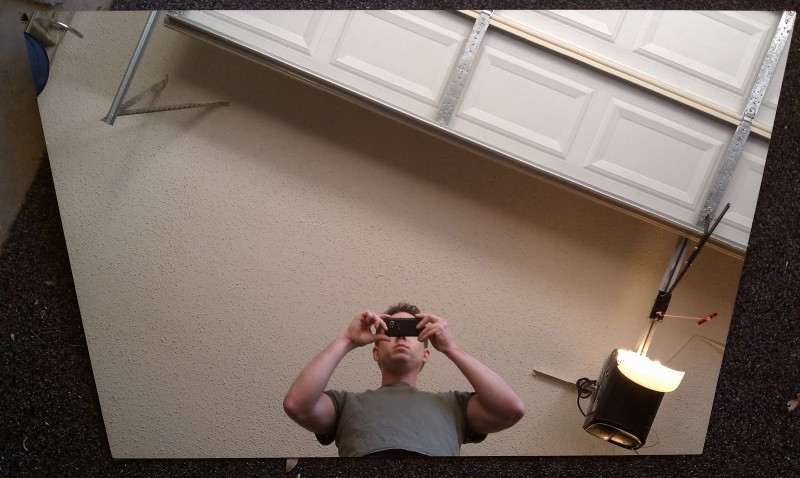I guess “Bong Water” was already trademarked.
Monthly Archives: March 2012
Epiphone logo hammer and sickle
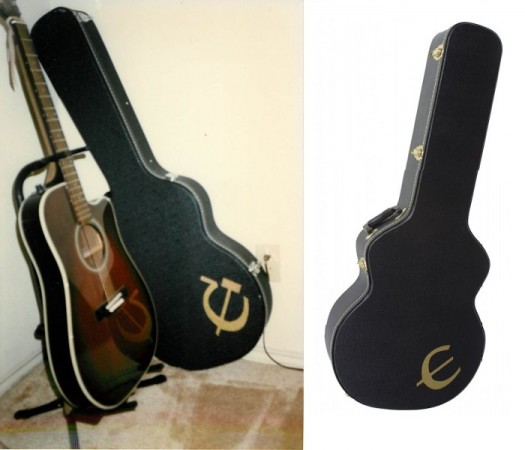
I bought this hardshell case at Austin’s Guitar Resurrection in 1999, shortly after I moved from Dallas for school, to house the nice red sunburst slimline acoustic there on the left. When the clerk handed it to me, it looked very like the new case shown to right.
I pointed at the gold motif and said, “Whassat?”
“That,” he replied, “is the logo of the great guitarist Epiphone. I recommend black spray paint.”
He got the backstory pretty much right. (Turns out the man’s name was Epaminondas Stathopoulos, and “Epi” was just a nickname. But whatevs.) I considered his spray paint suggestion for awhile before opting for gold instead of black. A bit of masking tape here and there, a quick spray, and the logo was much improved.
Stay tab lamp shade with factory-anodized color tabs
This is an old trick of mine which I published a few months back on Make: Projects. I’ve always wanted to experiment with using factory-anodized color pull tabs in the “weave,” but cans with color tabs are fairly rare and it was impractical for me to gather so many. Then I discovered there was a small but steady supply to be had through eBay, from folks who collect them off recycled cans and sell them in small lots to crafters. This shade is rainbow-colored to show off the technique and the array of colors that are available.
I miss Mojo’s
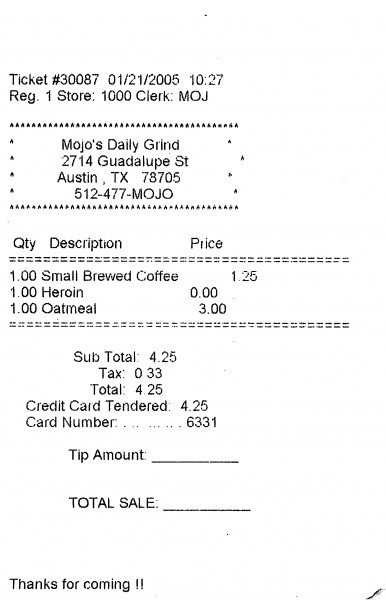
Tactile guitar cues applied with tape embosser
I’ve been playing Rocksmith a lot, lately, and the “Ducks” minigame has me moving up and down the length of the fretboard pretty quickly and pretty accurately, now, without looking. But I’m still concerned my 30-something reflexes will never be able to keep up with the obsessive Japanese preteens I just know are monopolizing the top ten spots on the leaderboard.
Not without an edge, that is.
This trick—using a Dymo embosser to put tactile indicators on the backside of the neck—works pretty well. At least so far as the physical hack itself, goes: The labels are cheap, don’t look awful, stick firmly even after a lot of use, and yet can be removed easily enough without damaging the neck or its finish. In use, they index against the thumbpad on the fretting hand.
The strips are centered behind each of the “dotted” frets: three, five, seven, nine, and 12. Originally, I embossed the corresponding number characters into the tapes, but found in practice that my thumb cannot really feel the difference between a “5” and a “3.” But this ternary scheme (using capital letters “O,” dashes, and a single blank strip of tape at the seventh fret) works pretty well. These are easily distinguishable by touch. So far it hasn’t made too much difference, in practice, but I think in the long run it will.
So look out, IEatzBilletzNomNomNom. I am coming for you.
Huge first surface mirror
This is a huge high quality mirror I salvaged from the corpse of my folks’ old Mitsubishi rear-projection HDTV. Unlike the mirror in, say, your bathroom, it is silvered on the front surface, instead of the back. A front-silvered mirror is much easier to scratch, but it is also more desirable for optical purposes because light reflects off the silvering without having to be refracted through a layer of glass, first.
This one is trapezoidal, and measures four feet on the long edge, three feet on the short edge, and 27″ across the short dimension.
I was going to hang it on the wall, but it seems a waste of its unique properties. There ought to be some cool application for it. But I’m damned if I can think of what it might be. I don’t want to sell it on eBay because I don’t want to mess with packing and shipping it. Right now I’ve got it listed on Austin craigslist for $50, but so far I haven’t had any takers.
Suggestions, anyone?


